Ajkiranwrites - SphinxofBlackQuartz


More Posts from Ajkiranwrites and Others

This from In Writing, a collection of writers reflecting on practice, really resonated with me.
a writing competition i was going to participate in again this year has announced that they now allow AI generated content to be submitted
their reasoning being that "we couldn't ban it even if we wanted to, every writer already uses it anyway"
"Every writer"?
come on
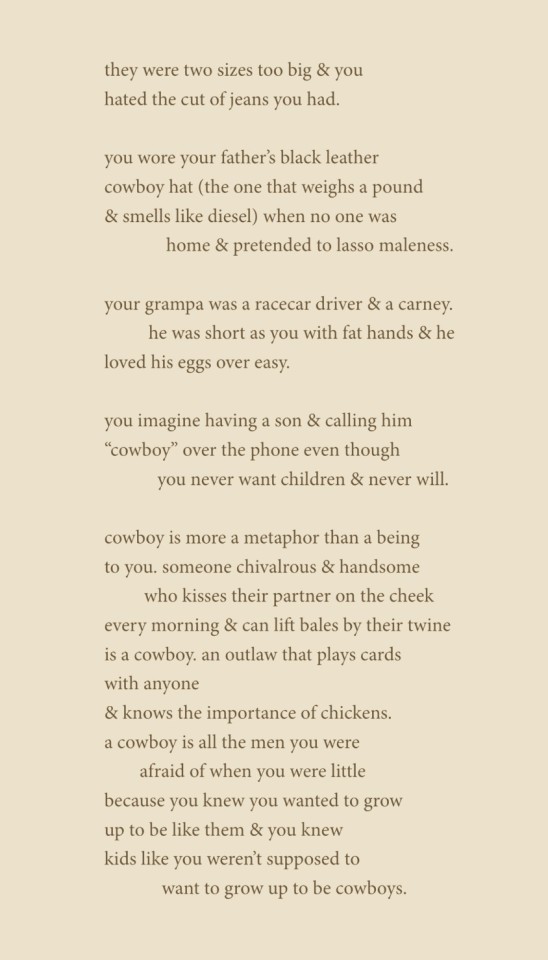

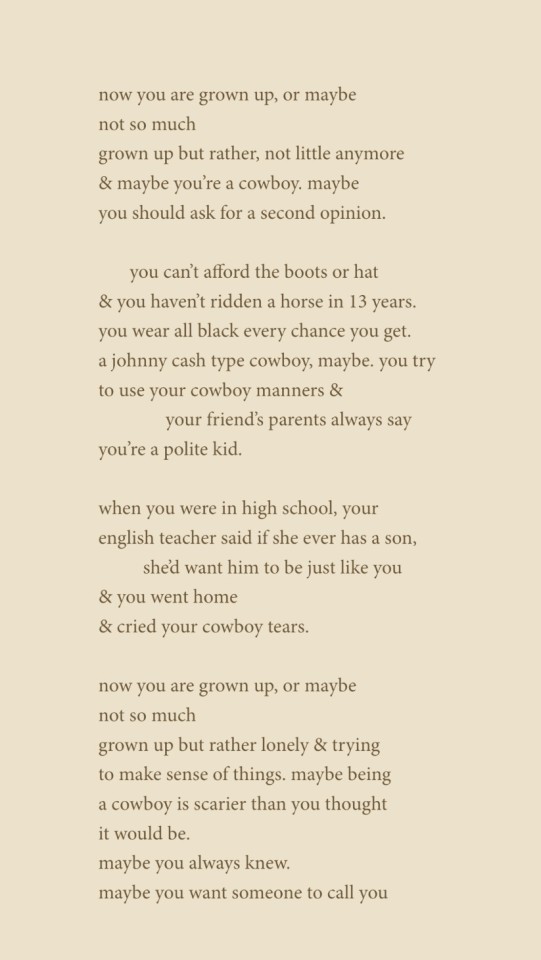
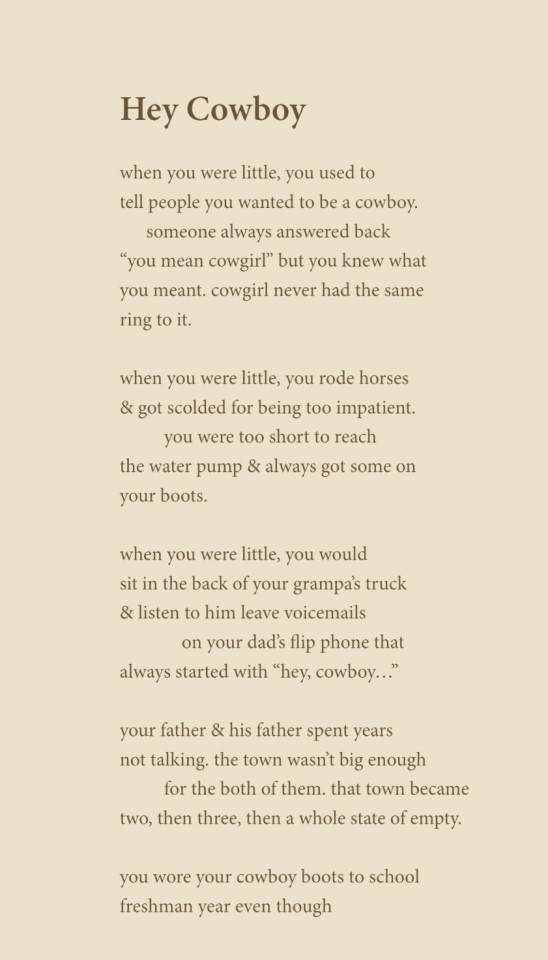
- Silas Denver Melvin @sweatermuppet, Grit Poetry Collection
10 Best Books About Writing Fiction
Someone recently asked me for some fiction writing book recommendations, so here they are!
Some fiction writing teachers try to steer their students clear of books about writing. While it’s true that there’s a lot of bad or dubious writing advice out there, my philosophy is that more information is always better. Over the years, I’ve read voraciously about fiction writing–upwards of 50 books about the writing life, plot, fiction craft, dialogue, character development, you name it. While I got a little something from each one, here are the 5 star gems that are worth sharing. Enjoy!
Best Books About the Writing Life
Bird by Bird, Anne Lamott

It’s a classic for a reason. Lamott’s trademark humor makes for an effortless read as she shares her wisdom into the process of writing. Equal parts technical help, encouragement, and brutal honesty balance throughout the book, keeping the reader engaged and in good spirits from start to finish.
From Where You Dream, Robert Olen Butler
Butler’s ideas about the process of writing fiction are not necessarily unique, but I’ve found no other book that discusses the writing “trance” as thoroughly as this one. The exercises in this book teach how you to access the writing “dream state” that good stories often come from. The book can be a little esoteric at times, but it’s worth the patience it takes to understand what Butler is getting at here. Especially recommended for writers who have intrusive inner critics, and those who have strong ideas but find that their writing feels lackluster and flat.
The Writing Life, Annie Dillard
This is a short read, so I’ll just provide a titillating quote and you can go pick it up for yourself: “One of the few things I know about writing is this: spend it all, shoot it, play it, lose it, all, right away, every time. Do not hoard what seems good for a later place in the book, or for another book; give it, give it all, give it now… Something more will arise for later, something better. These things fill from behind, from beneath, like well water. Similarly, the impulse to keep to yourself what you have learned is not only shameful, it is destructive. Anything you do not give freely and abundantly becomes lost to you. You open your safe and find ashes.” -Annie Dillard
Best Books About Fiction Craft
Self-Editing for Fiction Writers, Rennie Browne and Dave King

Hands down, this is the best craft book on the market. It’s written for beginning writers, but is layered and subtle enough to be useful for advanced writers as well. I’ve read and re-read this book at many different stages of my learning process and taken away something new each time. Unlike the cover suggests, this is not a book about grammar. It shows you how to edit for flow and syntax, to properly tag your dialogue, the basics of show-don’t-tell, as well as providing helpful exercises where you get to try your hand at editing once you’ve learned the techniques.
Stein on Writing, Sol Stein
Make no mistake: Sol Stein is a pompous asshole. But he’s also super, duper smart. I consider this to be an advanced craft book, just because of the level of detail he goes into, but I think a beginner would get a lot out of it as well. Another classic, which means it’s almost always at the library.
Writing Fiction: A Guide to the Narrative Craft, Janet Burroway
Yes, this is a text book. Thick. Heavy. Teeny tiny print. But it’s good. And because it has a million editions, you can get an old version used on the internet for like $.04. Especially nice are the full-length short stories that are supplied as examples in the back of every chapter.
Best Book About Dialogue
Writing Dialogue, Tom Chiarella
Chiarella doesn’t bog the reader down with his own set of hard rules about dialogue, instead he skillfully and humorously persuades the reader about what works and what doesn’t. Busting such myths as “dialogue sounds like real speech,” he gives dozens of creepy-writer-stalker tips like “crowding” and “jotting,” which is basically where you eavesdrop on people and write down what they’re saying. I now carry a notebook on my person at all times specifically for this purpose. I think this book might be out of print (yet 50 Shades of Gray makes millions… is there no justice in this world?), but you can still get it on the internet for a decent price. Do it now before it’s too late!
Best Books About Plot
Plot Whisperer, Martha Alderson
Stupid title, great book. Alderson talks about the idea of the “Universal Story,” which is the process of struggle (conflict) and transformation (climax and resolution) present in most stories. These “energy markers,” she says, are so inherent in our lives, and in the very idea of story itself, that they can be found in almost every plotted novel. She then proceeds to go into insane detail describing these markers and how to incorporate them into your own writing in order to make a plot that resonates with readers. From time to time she also drops some wisdom a la The Artist’s Way (which she calls, I believe, “The Writer’s Way”), helping writers to overcome the hurdles of writing a book. While Alderson is not a writer herself, she has been studying plot and assisting writers with plot struggles for over a decade, and her knowledge and credibility shine in this book. I came away with a much deeper understanding of the purpose of plot and how to wield it, and highly recommend this book.
Wired for Story, Lisa Cron

The sensational subtitle (“The Writer’s Guide to Using Brain Science to Hook Readers from the Very First Sentence”) makes it sound like one of those smarmy write-a-novel-in-30-days books, but don’t be fooled. This the best book on plot I’ve read. It’s devoted to the idea of ‘story’–what makes a story, what people are ‘wired’ to look for and want in a story, and how to satisfy those cravings in your fiction. The 'brain science’ part is presented in a very accessible way, and Cron only gives us enough information to make her point, never overloading the reader with jargon. She talks a lot about the brain’s unconscious impulse to track patterns, make connections, and look for cause-and-effect, and how to translate that into good storytelling. Her definition of 'story’ alone is more valuable than 200 pages of most fiction craft books. There are endless gems in this book, and now my copy (that I purchased! with money! that’s saying a lot already) is completely marked up with pencil and sticky notes. I know this is a book I will refer to time and time again. Highly recommended.
Writing Fiction for Dummies, Randy Ingermanson
If you’re looking for advice about craft, the finer points of good prose, or syntax, look elsewhere. But if you want help with your plot and structure, how to organize scenes, when to cut a scene, how to analyze your characters, keeping your story focused, and what order to do it all in, Ingermanson might just blow your mind. His “Snowflake Method” of plotting is loved by thousands, and is discussed in length all over the internet for free. If it resonates with you, you might want to do what I did and buy the book.
/ / / / /
@theliteraryarchitect is a writing advice blog run by me, Bucket Siler, a writer and developmental editor. For more writing help, download my Free Resource Library for Fiction Writers, join my email list, or check out my book The Complete Guide to Self-Editing for Fiction Writers.
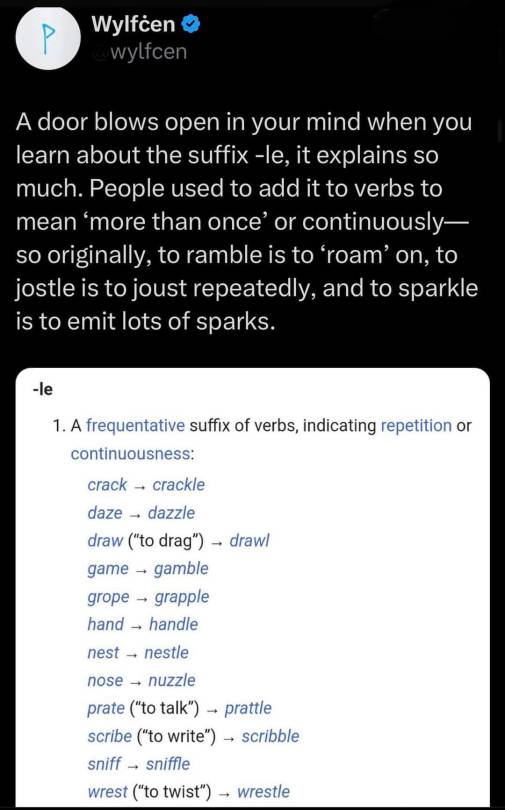

This is an ultimate masterlist of many resources that could be helpful for writers. I apologize in advance for any not working links. Check out the ultimate writing resource masterlist here (x) and my “novel” tag here (x).
✑ PLANNING
Outlining & Organizing
For the Architects: The Planning Process
Rough Drafts
How do you plan a novel?
Plot Development: Climax, Resolution, and Your Main Character
Plotting and Planing
I Have An Idea for a Novel! Now What?
Choosing the Best Outline Method
How to Write a Novel: The Snowflake Method
Effectively Outlining Your Plot
Conflict and Character within Story Structure
Outlining Your Plot
Ideas, Plots & Using the Premise Sheets
✑ INSPIRATION
Finding story ideas
Choosing ideas and endings
When a plot isn’t strong enough to make a whole story
Writing a story that’s doomed to suck
How to Finish What You Start: A Five-Step Plan for Writers
Finishing Your Novel
Finish Your Novel
How to Finish Your Novel when You Want to Quit
How To Push Past The Bullshit And Write That Goddamn Novel: A Very Simple No-Fuckery Writing Plan
✑ PLOT
In General
25 Turns, Pivots and Twists to Complicate Your Story
The ABCs (and Ds and Es) of Plot Development
Originality Is Overrated
How to Create a Plot Outline in Eight Easy Steps
Finding Plot: Idea Nets
The Story Goal: Your Key to Creating a Solid Plot Structure
Make your reader root for your main character
Creating Conflict and Sustaining Suspense
Tips for Creating a Compelling Plot
The Thirty-six (plus one) Dramatic Situations
Adding Subplots to a Novel
Weaving Subplots into a Novel
7 Ways to Add Subplots to Your Novel
Crafting a Successful Romance Subplot
How to Improve your Writing: Subplots and Subtext
Understanding the Role of Subplots
How to Use Subtext in your Writing
The Secret Life of Subtext
How to Use Subtext
Beginning
Creating a Process: Getting Your Ideas onto Paper (And into a Story)
Why First Chapters?
Starting with a Bang
In the Beginning
The Beginning of your Novel that isn’t the Beginning of your Novel
A Beginning from the Middle
Starting with a Bang
First Chapters: What To Include @ The Beginning Writer
23 Clichés to Avoid When Beginning Your Story
Start Writing Now
Done Planning. What Now?
Continuing Your Long-Format Story
How to Start a Novel
100 best first lines from novels
The First Sentence of a Book Report
How To Write A Killer First Sentence To Open Your Book
How to Write the First Sentence of a Book
The Most Important Sentence: How to Write a Killer Opening
Hook Your Reader from the First Sentence: How to Write Great Beginnings
Foreshadowing
Foreshadowing and the Red Hering
Narrative Elements: Foreshadowing
Foreshadowing and Suspense
Foreshadowing Key Details
Writing Fiction: Foreshadowing
The Literary Device of Foreshadowing
All About Foreshadowing in Fiction
Foreshadowing
Flashbacks and Foreshadowing
Foreshadowing — How and Why to Use It In Your Writing
Setting
Four Ways to Bring Settings to Life
Write a Setting for a Book
Writing Dynamic Settings
How To Make Your Setting a Character
Guide for Setting
5 Tips for Writing Better Settings
Building a Novel’s Setting
Ending
A Novel Ending
How to End Your Novel
How to End Your Novel 2
How to End a Novel With a Punch
How to End a Novel
How to Finish a Novel
How to Write The Ending of Your Novel
Keys to Great Endings
3 Things That End A Story Well
Ending a Novel: Five Things to Avoid
Endings that Ruin Your Novel
Closing Time: The Ending
✑ CHARACTER
Names
Behind the Name
Surname Meanings and Origins
Surname Meanings and Origins - A Free Dictionary of Surnames
Common US Surnames & Their Meanings
Last Name Meanings & Origins
Name Generators
Name Playground
Different Types of Characters
Ways To Describe a Personality
Character Traits Meme
Types of Characters
Types of Characters in Fiction
Seven Common Character Types
Six Types of Courageous Characters
Creating Fictional Characters (Masterlist)
Building Fictional Characters
Fiction Writer’s Character Chart
Character Building Workshop
Tips for Characterization
Fiction Writer’s Character Chart
Advantages, Disadvantages and Skills
Males
Strong Male Characters
The History and Nature of Man Friendships
Friendship for Guys (No Tears!)
‘I Love You, Man’ and the rules of male friendship
Male Friendship
Understanding Male Friendship
Straight male friendship, now with more cuddling
Character Development
P.O.V. And Background
Writing a Character: Questionnaire
10 Days of Character Building
Getting to Know Your Characters
Character Development Exercises
✑ STYLE
Chapters
How Many Chapters is the Right Amount of Chapters?
The Arbitrary Nature of the Chapter
How Long is a Chapter?
How Long Should Novel Chapters Be?
Chapter & Novel Lengths
Section vs. Scene Breaks
Dialogue
The Passion of Dialogue
25 Things You Should Know About Dialogue
Dialogue Writing Tips
Punctuation Dialogue
How to Write Believable Dialogue
Writing Dialogue: The Music of Speech
Writing Scenes with Many Characters
It’s Not What They Say …
Top 10 Tips for Writing Dialogue
Speaking of Dialogue
Dialogue Tips
Interrupted Dialogue
Two Tips for Interrupted Dialogue
Show, Don’t Tell (Description)
“Tell” Makes a Great Placeholder
The Literary Merit of the Grilled Cheese Sandwich
Bad Creative Writing Advice
The Ultimate Guide to Writing Better Than You Normally Do
DailyWritingTips: Show, Don’t Tell
GrammarGirl: Show, Don’t Tell
Writing Style: What Is It?
Detail Enhances Your Fiction
Using Sensory Details
Description in Fiction
Using Concrete Detail
Depth Through Perception
Showing Emotions & Feelings
Character Description
Describing Your Characters (by inkfish7 on DeviantArt)
Help with Character Development
Creating Characters that Jump Off the Page
Omitting Character Description
Introducing Your Character(s): DON’T
Character Crafting
Writer’s Relief Blog: “Character Development In Stories And Novels”
Article: How Do You Think Up Your Characters?
5 Character Points You May Be Ignoring
List of colors, hair types and hairstyles
List of words to use in a character’s description
200 words to describe hair
How to describe hair
Words used to describe the state of people’s hair
How to describe your haircut
Hair color sharts
Four Ways to Reveal Backstory
Words Used to Describe Clothes
Flashbacks
Using Flashbacks in Writing
Flashbacks by All Write
Using Flashback in Fiction
Fatal Backstory
Flashbacks as opening gambit
Don’t Begin at the Beginning
Flashbacks in Books
TVTropes: Flashback
Objects in the Mirror Are Closer Than They Appear: Flashback Techniques in Fiction
3 Tips for Writing Successful Flashbacks
The 5 Rules of Writing Effective Flashbacks
How to Handle Flashbacks In Writing
Flashbacks and Foreshadowing
Reddit Forum: Is a flashback in the first chapter a good idea?
Forum Discussing Flackbacks
P.O.V
You, Me, and XE - Points of View
What’s Your Point of View?
Establishing the Right Point of View: How to Avoid “Stepping Out of Character”
How to Start Writing in the Third Person
The Opposite Gender P.O.V.
LANGUAGE
How To Say Said
200 Words Instead of Said
Words to Use Instead of Said
A List of Words to Use Instead of Said
Alternatives to “Walk”
60 Synonyms for “Walk”
✑ USEFUL WEBSITES/LINKS
Grammar Monster
Google Scholar
GodChecker
Tip Of My Tounge
Speech Tags
Pixar Story Rules
Written? Kitten!
TED Talks
DarkCopy
Family Echo
Some Words About Word Count
How Long Should My Novel Be?
The Universal Mary Sue Litmus Test
Writer’s “Cheat Sheets”
Last but not least, the most helpful tool for any writer out there is Google!
Can I engulf each sigh from your starlit mouth until it dissolves into my blood? I swear I can feel it bubble with laughter when I do.
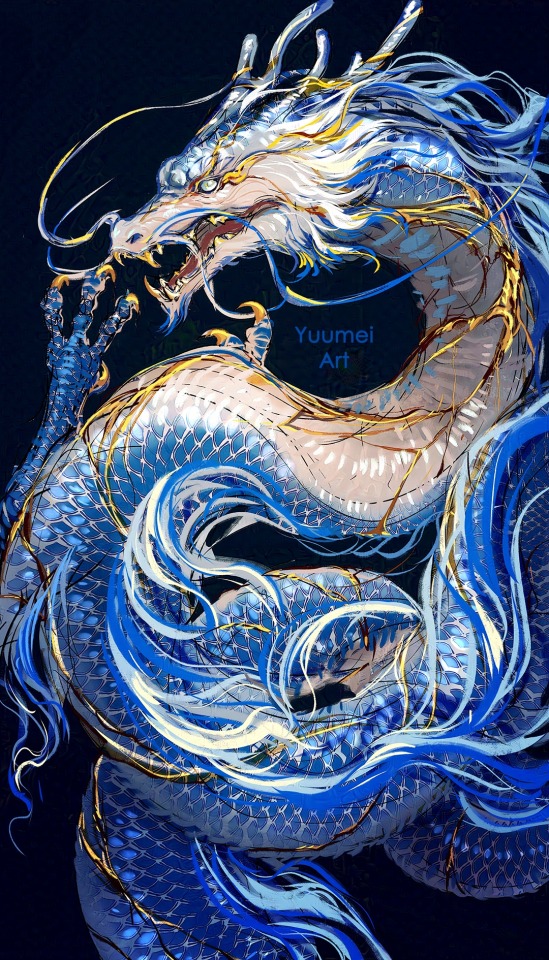
Happy Year of the Dragon!
I love the idea of kintsugi so here's a porcelain dragon that highlights the broken seams with gold. Despite all the pains of hardships in life, we are beautiful.
some random redemption arcs that aren’t just ‘zuko, but a little to the left’
I’m evil but all my evil friends betrayed me and I’ve decided that the best revenge is to ruin their evil plans. Yes, this means I’m a “good guy” or whatever. No, I don’t like it any more than you do.
I was evil but all my evil friends betrayed me and now I’m going to latch onto the first person who shows me kindness. If that happens to be the protagonist, I am totally fine with realigning my morality to match theirs.
I never wanted to do what I did, and now the biggest obstacle to me switching sides is convincing me that I’m not a living weapon.
Well as long as you’re imprisoning me in this magic amulet I might as well give you pointers on your technique. I mean come on if you all die I might be stuck here for millennia! It’s not because I like you and don’t want you to die. Nuh uh.
Look, I legit thought that being evil was going to be my best option to get this important thing done, but, uh, that didn’t pan out. Help?
20 Plot Twist Ideas That Will Shock Your Audience
One of the most effective tools in a storyteller's arsenal is the plot twist. A well-executed plot twist can leave your audience reeling, questioning everything they thought they knew about your story. It can turn a good story into a great one, leaving a lasting impact on your readers or viewers. In this post, we'll explore 20 plot twist ideas that will shock your audience and elevate your storytelling game to new heights.
1. The Unlikely Hero:
Turn the tables by revealing an unexpected character as the true hero. This can be someone seemingly insignificant or even an antagonist who redeems themselves at a crucial moment.
2. The Double Agent:
Introduce a character who initially appears loyal to the protagonist but is secretly working against them, only to later reveal their true intentions.
3. The Long-Lost Sibling:
Uncover a secret sibling, separated from the main character in their early years, and use their sudden appearance to shift the narrative.
4. Time Travel Paradox:
Play with time travel to create a paradox that forces the characters to confront alternate timelines or unforeseen consequences of their actions.
5. The Mastermind:
The story's villain is revealed to be a puppet in a larger scheme, controlled by a mastermind who has been operating behind the scenes.
6. The Supernatural Twist:
Introduce a supernatural element, like ghosts or mythical creatures, that the characters and audience believed were mere myths.
7. The Doppelgänger:
A character's doppelgänger appears, causing confusion and chaos as they try to determine who is the real one.
8. The Reversal of Roles:
Switch the roles of the protagonist and antagonist halfway through the story, making the audience question their allegiances.
9. The Untouchable Hero:
Create a seemingly invincible hero who unexpectedly meets their match, forcing them to reevaluate their abilities and tactics.
10. The Forgotten Past:
Unearth a character's forgotten or repressed memories, leading to a shocking revelation about their true identity or past actions.
11. The Betrayal Within:
One of the protagonist's closest allies betrays them, throwing their entire mission into disarray.
12. The Hidden Identity:
A character is not who they claim to be, and their true identity is revealed, impacting the story's direction.
13. The Inception Twist:
Blur the lines between reality and illusion, leaving the audience guessing what's real and what's a dream or illusion.
14. The Time Loop:
Trap your characters in a time loop where they're forced to relive the same events repeatedly until they can break free.
15. The Shapeshifter:
Introduce a character with the ability to change their appearance, creating doubt and suspicion within the group.
16. The Truth About the Mentor:
The mentor figure, who initially seems wise and benevolent, is unveiled as the story's true antagonist.
17. The Lost Artifact:
The much sought-after artifact or treasure turns out to be a fake, and the real item is something entirely unexpected.
18. The Pseudo-Death:
Fake a character's death to shock the audience and later reveal they were alive all along.
19. The Prophecy Reversed:
Subvert the traditional hero's journey by defying a prophesized destiny and taking the story in a different direction.
20. The Unreliable Narrator:
Reveal that the narrator has been lying or misrepresenting events, casting doubt on the entire story's accuracy.
Conclusion:
These 20 plot twist ideas are just the beginning, and by incorporating them into your narratives, you can leave your audience stunned, shocked, and eager for more. Remember that the key to a successful plot twist lies in its execution, so take your time and craft a twist that seamlessly integrates into your story, making it an unforgettable experience for your readers or viewers.
-
 rosenthornyside reblogged this · 3 weeks ago
rosenthornyside reblogged this · 3 weeks ago -
 laurenkmoody reblogged this · 3 weeks ago
laurenkmoody reblogged this · 3 weeks ago -
 kid-does-stuff reblogged this · 4 weeks ago
kid-does-stuff reblogged this · 4 weeks ago -
 islandinyourself liked this · 1 month ago
islandinyourself liked this · 1 month ago -
 kingofbugs718312 liked this · 1 month ago
kingofbugs718312 liked this · 1 month ago -
 laughingacademy liked this · 1 month ago
laughingacademy liked this · 1 month ago -
 yourenotaloneinthis reblogged this · 1 month ago
yourenotaloneinthis reblogged this · 1 month ago -
 sigridstumb reblogged this · 1 month ago
sigridstumb reblogged this · 1 month ago -
 clockworkesper liked this · 1 month ago
clockworkesper liked this · 1 month ago -
 freakedpunk reblogged this · 1 month ago
freakedpunk reblogged this · 1 month ago -
 mothman-onlyfans reblogged this · 1 month ago
mothman-onlyfans reblogged this · 1 month ago -
 mothman-onlyfans liked this · 1 month ago
mothman-onlyfans liked this · 1 month ago -
 windshield-patent reblogged this · 1 month ago
windshield-patent reblogged this · 1 month ago -
 mellodyevangeline liked this · 1 month ago
mellodyevangeline liked this · 1 month ago -
 scarletleonstrong reblogged this · 1 month ago
scarletleonstrong reblogged this · 1 month ago -
 parsethus reblogged this · 1 month ago
parsethus reblogged this · 1 month ago -
 crystalscale1035 liked this · 1 month ago
crystalscale1035 liked this · 1 month ago -
 pdqsketch-reblog reblogged this · 1 month ago
pdqsketch-reblog reblogged this · 1 month ago -
 loudmiraclepersonasstuff liked this · 1 month ago
loudmiraclepersonasstuff liked this · 1 month ago -
 presumablyalive reblogged this · 2 months ago
presumablyalive reblogged this · 2 months ago -
 nayters liked this · 2 months ago
nayters liked this · 2 months ago -
 nagemeikenu reblogged this · 2 months ago
nagemeikenu reblogged this · 2 months ago -
 nagemeikenu liked this · 2 months ago
nagemeikenu liked this · 2 months ago -
 frenchroasted reblogged this · 2 months ago
frenchroasted reblogged this · 2 months ago -
 reddeadcoquette reblogged this · 2 months ago
reddeadcoquette reblogged this · 2 months ago -
 thrillbandit liked this · 2 months ago
thrillbandit liked this · 2 months ago -
 shannonmcmaster reblogged this · 2 months ago
shannonmcmaster reblogged this · 2 months ago -
 jaybirdbluelily reblogged this · 2 months ago
jaybirdbluelily reblogged this · 2 months ago -
 panchoshappybottomridingclub liked this · 2 months ago
panchoshappybottomridingclub liked this · 2 months ago -
 alchemical-scavenger reblogged this · 2 months ago
alchemical-scavenger reblogged this · 2 months ago -
 vkinkantation reblogged this · 2 months ago
vkinkantation reblogged this · 2 months ago -
 screen-hero liked this · 2 months ago
screen-hero liked this · 2 months ago -
 somethingunlikeanythingelse reblogged this · 2 months ago
somethingunlikeanythingelse reblogged this · 2 months ago -
 aurelia-which-means-sunrise reblogged this · 2 months ago
aurelia-which-means-sunrise reblogged this · 2 months ago -
 patheticperipatetic reblogged this · 2 months ago
patheticperipatetic reblogged this · 2 months ago -
 thedrowsydoormouse reblogged this · 2 months ago
thedrowsydoormouse reblogged this · 2 months ago -
 omnipresent-wanderer reblogged this · 2 months ago
omnipresent-wanderer reblogged this · 2 months ago -
 omnipresent-wanderer liked this · 2 months ago
omnipresent-wanderer liked this · 2 months ago -
 morketwishestosleep liked this · 2 months ago
morketwishestosleep liked this · 2 months ago -
 prompromthepompom reblogged this · 2 months ago
prompromthepompom reblogged this · 2 months ago -
 prompromthepompom liked this · 2 months ago
prompromthepompom liked this · 2 months ago -
 pensandquills420 reblogged this · 2 months ago
pensandquills420 reblogged this · 2 months ago -
 imadork727 reblogged this · 2 months ago
imadork727 reblogged this · 2 months ago -
 pastelclown27 reblogged this · 2 months ago
pastelclown27 reblogged this · 2 months ago -
 imadork727 liked this · 2 months ago
imadork727 liked this · 2 months ago -
 bemusedstorm liked this · 2 months ago
bemusedstorm liked this · 2 months ago -
 comfyspecs liked this · 2 months ago
comfyspecs liked this · 2 months ago -
 podcasts-rotting-chaos liked this · 2 months ago
podcasts-rotting-chaos liked this · 2 months ago

Original Work Primary Blog. Sideblog for fanfics @stickdoodlefriend Come yell at me! | 18+
241 posts